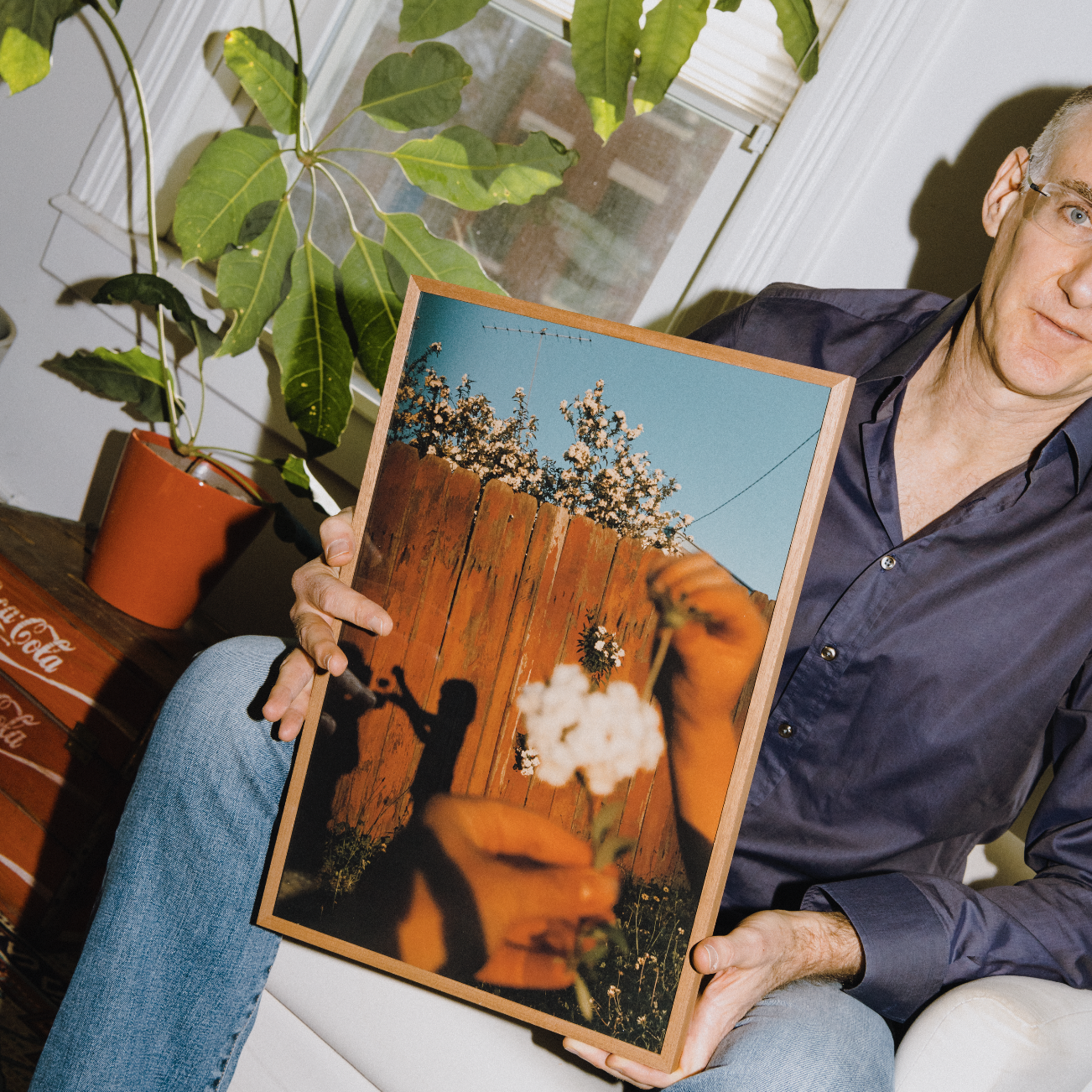Hey, Bill, I don’t think I’ve ever met someone who’s more excited about visual storytelling and photography than you are. Whether it’s an in-depth piece about the great Gordon Parks or an article about average people with average cameras, you write about other people’s photography with such a passion and admiration that it doesn’t surprise me you ended up being the editor-in-chief of LIFE magazine. Was that always in the stars for you?
I’ve always been attracted to visual storytelling. In fact, in my early teenage years, I used to go to a lot of concerts. At some point, I started bringing my camera and taking pictures of bands like the Grateful Dead. I wanted to capture moments and share those with other fans. So after a concert, I’d go home to develop the images and then try to sell them in the parking lot the next time the band came to town. I really enjoyed giving people a chance to bring home these iconic memories. So yeah I’ve always been interested in sharing visual stories with an audience, but even when I was working in the fabled Time & LIFE building, the thought never crossed my mind that I might one day work at LIFE.
So then how did you make your way to LIFE?
When I was working at Time Inc., I was always creating and publishing these visually-driven stories. The company’s top editor noticed that and when the decision was made to relaunch LIFE, he asked me to apply for the job. I was thrilled, of course, and terrified, and also surprised because I didn’t know much about celebrity culture, which had always been a big part of LIFE’s formula. And LIFE is really where my deep education in photography began. I studied hundreds of old issues, wandered through the archives, talked to many of the great LIFE photographers. As you can imagine, it was a dream working for such an iconic brand because in its heyday, Life magazine not only broke many huge stories—like being the first to publish the Zapruder film of the Kennedy assassination—but it opened white America’s eyes to racial injustice in South, and along the way really taught people about the incredible power of pictures.
After relaunching LIFE magazine you went on to be the founding editor of LIFE.com. Did that change the way you look at photography?
Absolutely and in more ways than I can count. But for starters, I really came to value images that had been forgotten and lost to time. As soon as I’d assembled my editorial team, we started exploring through the entire LIFE archive — and there were something like 15 million images. Our research turned up many unpublished but amazing stories. My first thought was: We MUST publish these so that the world can see this treasure!

